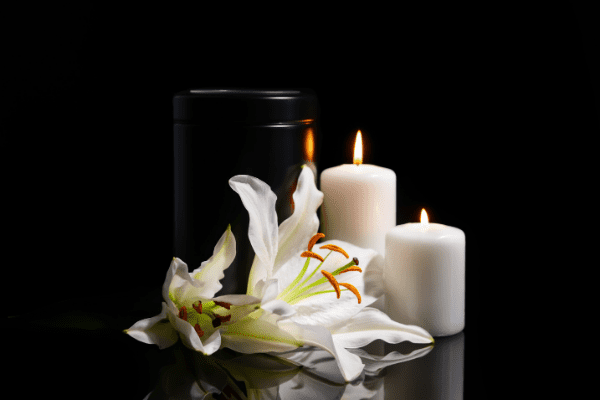More Americans are choosing cremation over burial, but there are still people who have qualms about the process. In an effort to educate our readers, we would like to help you learn about the cremation process. Here are some things you need to know.
Once the body is in the hands of the staff at the Cremation Society of Philadelphia, great care is given to maintain the body’s identification. We have a strict protocol in place to ensure that your loved one’s body is identified through the entire part of the process.
Pennsylvania law requires that the body is stored for 24 hours before it is cremated. During this time, the body is placed in a cooling chamber.
After 24 hours, the body is prepared for cremation. All metal, prostheses, or implants are removed (including jewelry, pacemakers, glasses, etc.)
The body is prepared and may be placed in a cremation casket before the process begins. Cremation caskets are combustible and less expensive than a traditional casket. Most funeral homes allow you to rent a traditional casket if you choose to have an open-casket visitation and funeral before the body is cremated.
Once the body is identified once again, it is placed in the cremation chamber (or retort.) Some facilities allow the family to be there as this occurs, so they can feel as if they are part of the process.
The cremation chamber heats up to 2,000 degrees. Once the cremation process is completed and the cremated remains cool, a magnet removes any metallic bits that may have been behind.
While most people refer to what remains after cremation by using the word “ashes,” the cremated remains are composed of small pieces of bone. The “ashes” have a uniform texture because they are processed before they are returned to the family.
Unless other arrangements were made, the family might receive the cremated remains in a temporary container. These remains may be transferred to a cremation urn.
Most cremation urns hold the remains of an average-sized adult. Look at the volume of the receptacle as measured in cubic inches. Every pound of the deceased’s body requires one cubic inch of urn space. Extra-large urns can be purchased for larger adults or may be used as companion urns. Smaller urns can be purchased for pets and children.
Once the cremation services have been completed, the cremated remains can be shipped to the family or picked up at the facility. Before flying with your loved one’s cremated remains, check the policy of your airline. If you are crossing international borders with your loved one’s ashes, learn about those protocols as well.
The family has innumerable options on what to do with a person’s cremated remains. Ashes can be placed in an urn and buried in a cemetery plot or placed in a columbarium niche. They can also be scattered, as long as the family follows the local and national laws regarding scattering remains. You can use a small portion of the cremated remains to grow diamonds or gems, or you can place the tiny bit of ashes in a piece of cremation jewelry.
Cremation ashes can be used to make cremation stones and decorative glass sculptures. They can be placed inside fireworks, record albums, and tattoo ink. They can be divided among family members and friends or placed in an urn on the mantle of your home.
If cremation is your preferred method of disposition, consider purchasing a pre-planned cremation package from Philadelphia Cremation Society. The compassionate staff of Philadelphia Cremation Society would be happy to answer any questions about the cremation process of how to preplan a funeral. Call at (610) 632-1191 or fill out our contact form for more information.





